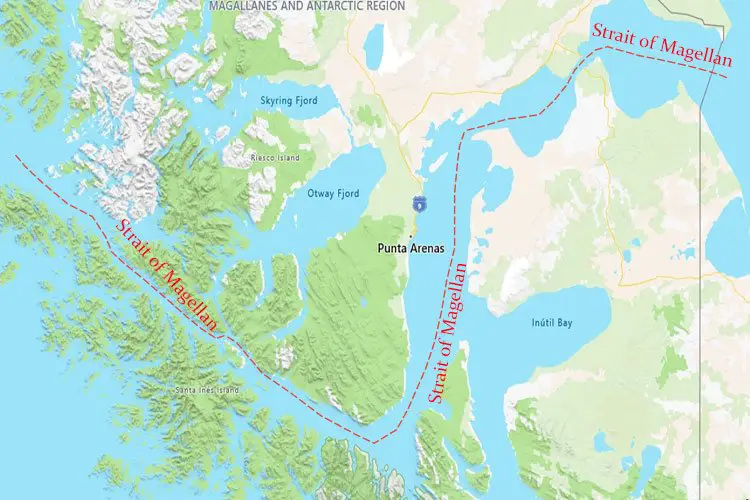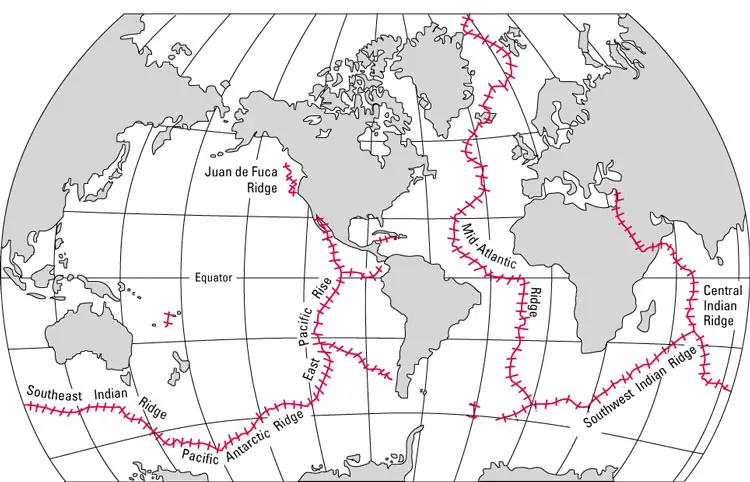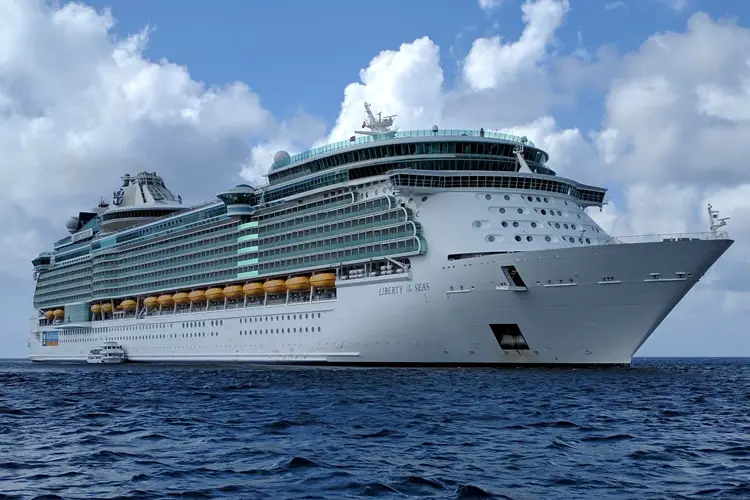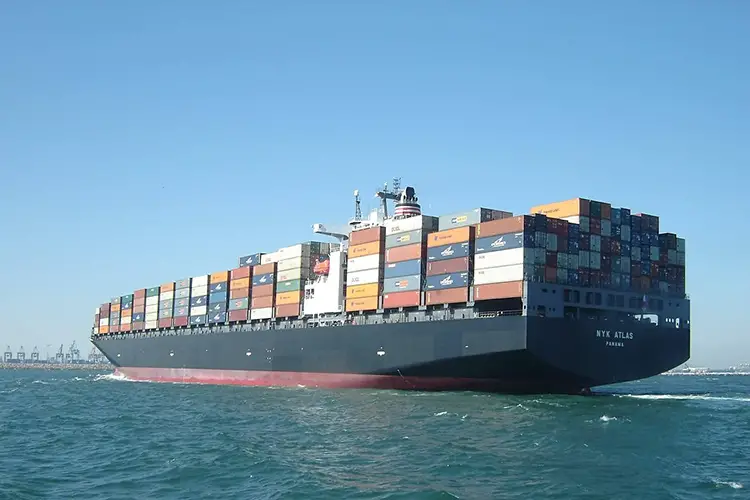Types Of Fishing Vessels
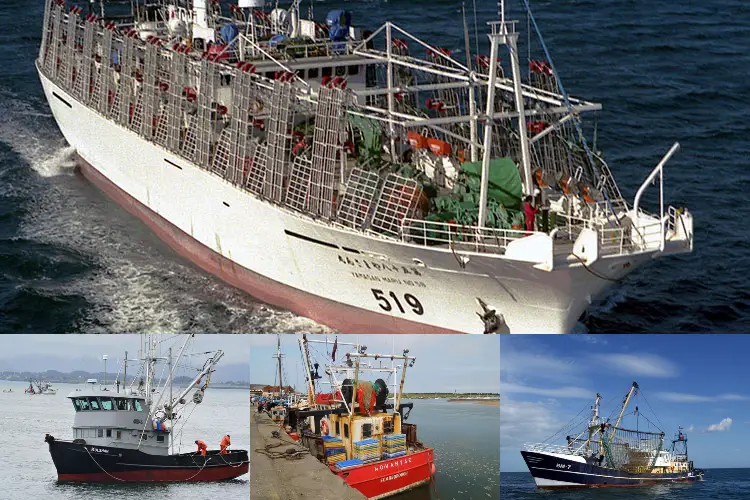
A fishing vessel is a boat or ship which is used to catch fish in the sea, river, lake, or any other water body.
Fishing boats can be divided according to the purpose into 3 main categories
- Commercial fishing vessels
- Artisanal fishing vessels
- Recreational fishing vessels
Fishing vessels are also categorized according to the gear used to catch the fish and other aquatic life.
- Trawlers
- Seiners
- Dredgers
- Lift Netters
- Gill Netters
- Trap Setters
- Liners
- Vessels Using Pumps For Fishing
Fishing vessels are also divided into classes according to the size or length of the boat.
- Large: These are used in open seas
- Medium: These operate in EEZ marine areas
- Small: These operate in freshwaters.
History Of Fishing Vessels
Fishing vessels have evolved radically over the years. Fishing has been a major part of human civilization for both livelihood and survival. In the beginning, the boats were quite basic. The earliest boats found in Kuwait date back to the Neolithic age (7000-9000 years ago) were dugout canoes from the log of the trees. Rafts were also made by using smaller pieces of wood bound by rope and covered with tree hide. These boats could only be used for shorter distances.
Gradually, the boats evolved along with the advancement in science and technology. Boats also started to be used for transport, trade, and war. Sails were invented which made vessels go fast and far. Around 4000 BC, Egypt started making boats that were propelled by the oars. Sails also improved with the advent of cotton cloth. By 3000 BC the ships were used to cross oceans. These ships had hulls made of planks tied up with ropes made of reeds.
During the 3rd millennium, BC Indians were also trading with Mesopotamia using ships. Around 300 BC, Indians had ships that could accommodate up to 700 people. During 24-26 BCE, Indians were also trading with Egypt and the Roman empire extensively.
Parallelly, Europeans led by Scandinavians also started building on their own boats with unique designs. These boats also extensively used iron in the construction of ships and oars.
The main development came around the 15th century when the Dutch invented the herring drifter on which the future European fishing boats were based. The precursor to trawlers called Dogger was developed around the 17th century by the Britishers. The modern trawler came into being in the 19th century in England.
Soon, steam trawlers were developed which were more powerful and changed the way fishing was done around the world. These steam trawlers were bigger which could carry more nets and fish more quickly and farther.
Steam was soon replaced by diesel and turbines which further aided in the advancement of fishing vessels of all types.
Types Of Fishing Boats According To The Purpose
1) Commercial fishing vessels
Commercial fishing vessels are big and medium-sized vessels that are used to catch fish and marine life for large-scale selling. Commercial fishing vessels can fish even in deep water far away from the shores in inclement weather. These are governed by IMO regulations regarding the size, fishing ship design, construction, and equipment.
2) Artisanal fishing vessels
These vessels are used by fishermen to catch fish for their consumption and selling to the local markets. Artisanal fishing is also known as subsistence fishing. These are small boats that may or may not be powered by engines. This type of fishing is a small-scale activity with low wastage and is more environmentally friendly.
3) Recreational fishing vessels
These vessels are employed to catch fish for sporting or hobby purposes. It is also called sport fishing or angling. Unlike commercial or artisanal fishing, the fishing is done neither for livelihood or food. These vessels could be smaller or medium size boats. Skiffs, Bay Boats, Kayak boats, pontoon boats, bass boats, game boats, center console boats, Catamarans are some kinds of recreational fishing boats.
Types of Commercial Fishing Boats
1) Trawlers
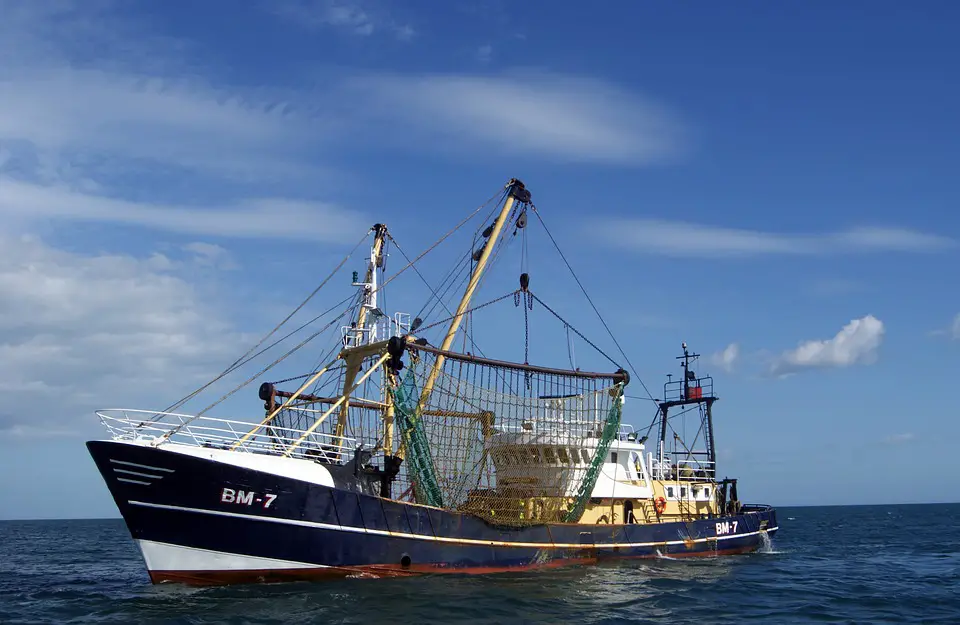
Trawlers are the most commonly used commercial fishing boats around the world. They use funnel or cone-shaped trawl (nets) to catch the fish. Trawlers are equipped with powerful engines to tow nets with fish over long distances. They have mechanized hauling devices called trawl winches to haul the net to the board. Trawlers also come in many variations.
a) Side Trawlers
In these, the trawl nets are set and hauled over the side of the boat. Usually, powered trawl winches are used to haul the nets. Once very popular, these are not been replaced by stern trawlers.
b) Stern Trawlers
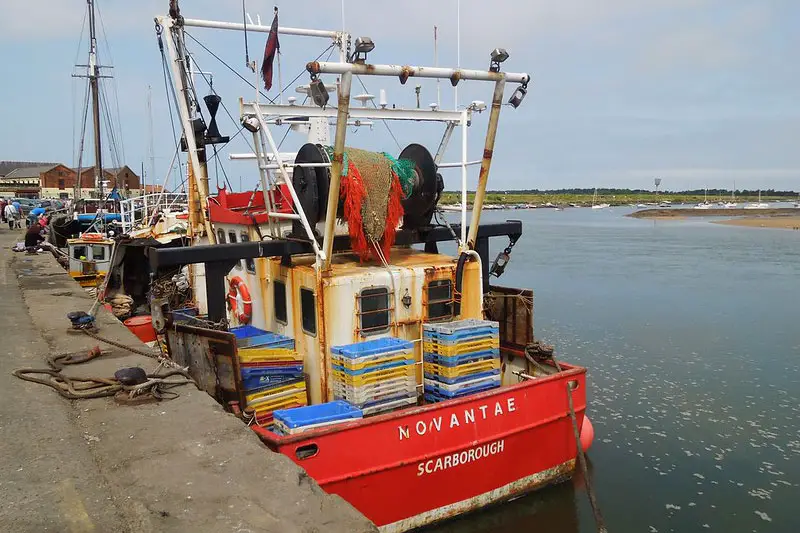
Stern trawlers are usually bigger and powerful trawlers in which the trawl is set and hauled over the stern. The superstructure is placed forward with the working deck aft. Net drums and trawl winches are deployed to handle and haul trawls. In many stern trawls handling and processing of fish is also done.
c) Wet-fish Trawlers
In wet-fish trawlers, the fish is kept in the hold in the fresh (wet) condition. Small trawlers operating on fishing grounds near to the shore and not equipped with freezing with refrigeration facility generally have insulated fish holds (box) or covered with ice for preservation. These trawlers must operate close to the landing point to ensure the freshness of fish.
d) Freezer Trawlers
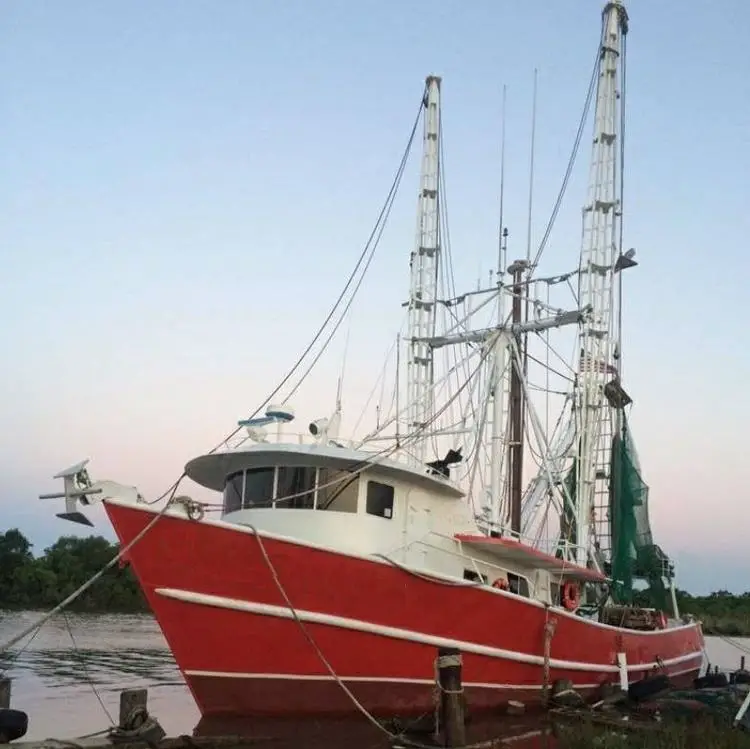
Unlike the wet-fish trawlers, freezer trawlers have a refrigeration plant for preserving the fish. The fish is kept in the hold which is insulated and refrigerated. These trawlers operate in high seas far away from their landing points.
e) Factory Trawlers
Large stern trawlers with an onboard processing unit are called factory trawlers. The factory trawler may process the catch into fillets or minced fish.
f) Outrigger Trawlers
Outrigger trawlers are mostly used to catch shrimps. To beam trawls are towed from the ooms extending to each side of the boat supported by a single mast. One single otter trawl or a twin trawl can be towed. Such trawlers are also called beam trawlers.
2) Seiners
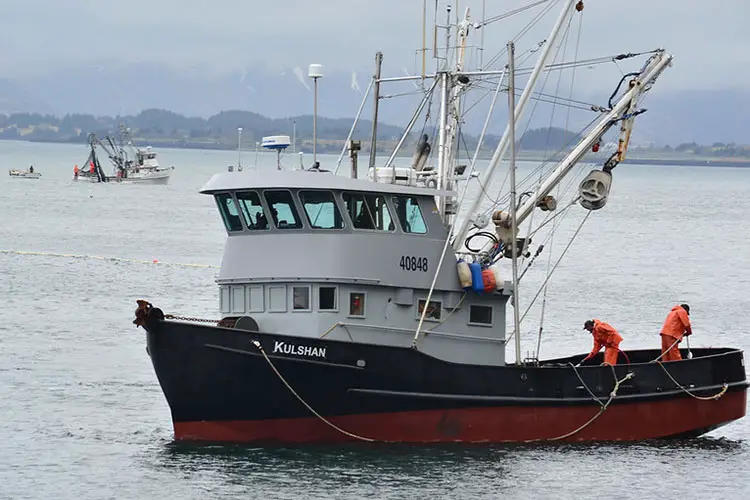
Seiners as the name suggest use seine nets and surrounding nets. Seine nets have long wings and tow lines and hang vertically in the water with top edges buoyed by flats and the bottom part held down by weights. These seiners are used to catch pelagic fish.
a) Purse seiners
These vessels have pursing gallows and pursing winches for hauling the pursing lines of the seine nets. These pursing lines close the nets. There are mainly 23 kinds of Purse seiners.
North American type purse seiners have the bridge and accommodation placed forward. The net is carried at the stern of the vessel. European type purse seiner has the bridge and accommodation is located aft. The fish hold is situated amidships. The net is carried on the upper deck and the pursing winch is situated forward with the drums facing
the pursing davit (crane onboard a ship). Tuna purse seiners are large purse seiners similar to the North American type but capable of handling very large purse seines for catching tuna.
b) Seine netters
Seine netters have long ropes attached to either side of the net.
3) Lift Netters
Lift netters have large lift nets held out from the vessel’s side which are lowered and raised using outriggers. A lift netter vessel is fitted with derricks and winches for the lifting lines, outriggers, and light booms.
4) Dredgers
This kind of fishing involves a dredge that is towed along the bottom of the sea for collecting mollusks. This kind of fishing is called dredge fishing. The dredge is lowered and lifted using derricks and winches.
5) Gill Netters
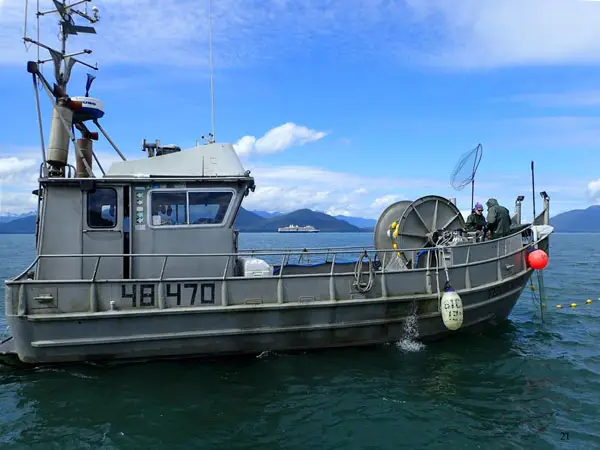
These fishing boats have gill nets that are used by both commercial and artisanal fishing vessels. There are two types of gillnetters – a traditional gillnetter and a set netter. In traditional gillnetter vessels, the net remains attached to the net during fishing operations. In contrast, in set netter vessels, the net is not attached during fishing. The smaller boats generally the setting and hauling of the net are down manually, while in larger vessels, hydraulic or mechanical net haulers are deployed.
6) Trap Setters
Trap setter fishing boats usually have traps and pots to catch fish. These pots are usually used to catch lobsters, crabs, crayfish, and other similar species. On small decked pot vessels the wheelhouse is located either forward or aft. The catch is kept in hold located amidships. In the case of large pot vessels, the pots are hauled and set using derricks or davits.
7) Liners
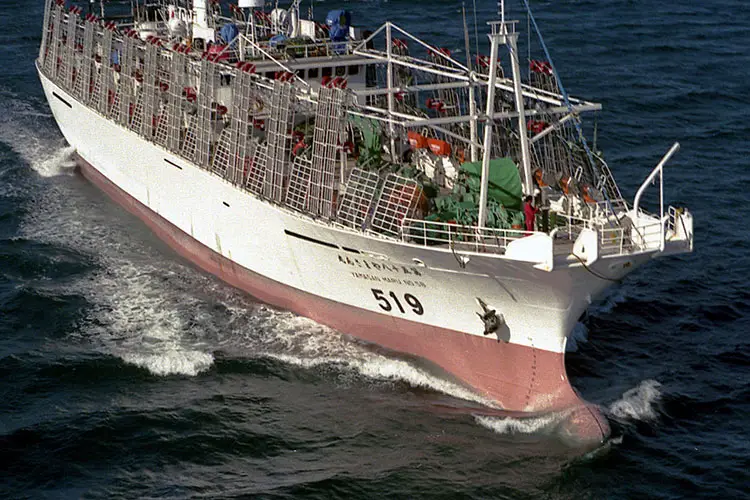
A Liner fishing boat uses lines and hooks to catch fish. Liners can be a boat of any size class. Liners may use baits depending on the fish to be caught. Liners are also equipped with containers to store the bait/lure and deck area to attach the bait to the hook.
Handliners are usually smaller boats in which the line can be hauled manually or by a mechanized reel.
Longliners are vessels with very long lines with many baited hooks. Longlines can be placed on the surface or the bottom. Longliners are usually used to catch swordfish, tuna, halibut, and sablefish.
Tuna longliners are medium-sized vessels in which the long lines and the buoys are carried by a conveyor. These are also equipped with brine-freezing tanks for preserving tuna.
Pole and line vessels are used for catching tuna and skipjack a variety of fish. In this kind of fishing, the fishermen stand on the railing or on special platforms and fish with poles, to which a line with a hook is attached. These vessels are equipped with tanks with live bait and a water spray system to attract fish. This fishing method is also known as live bait fishing.
8) Vessels Using Pumps For Fishing
These vessels are equipped with special pumps that are lowered under the surface of the water. The pump is suspended on the hook of a derrick (crane) and is powered by the boat’s electrical plant. Small fish are attracted by light from a lamp situated above the suction side of the pump and get pulled in and pumped with water on board where the seawater is separated and thrown away.
Also read: Types of boats
Fishing Vessels – Stats At A Glance
According to IMO & FAO, the total number of fishing vessels in the world is around 4.6 million. A majority of these are small artisanal boats. In fact, there are only 64,000 fishing vessels of 24 meters in length and above.
Most of the fishing vessels (3.5 million) operate in Asia and account for 75% of the fishing fleet globally.
According to a study conducted in 2016, the number of fishing vessels reduced in Africa and North America by 30,000 and 5,000 as compared to 2014 respectively.
Of the 4.6 million vessels worldwide, an estimated 2.8 million of them are engine-powered. In 2016, 61% of all fishing vessels were motorized down from 64% as estimated in 2014.
In 2016, 86% of motorized fishing boats were in the size class of fewer than 12 meters.

